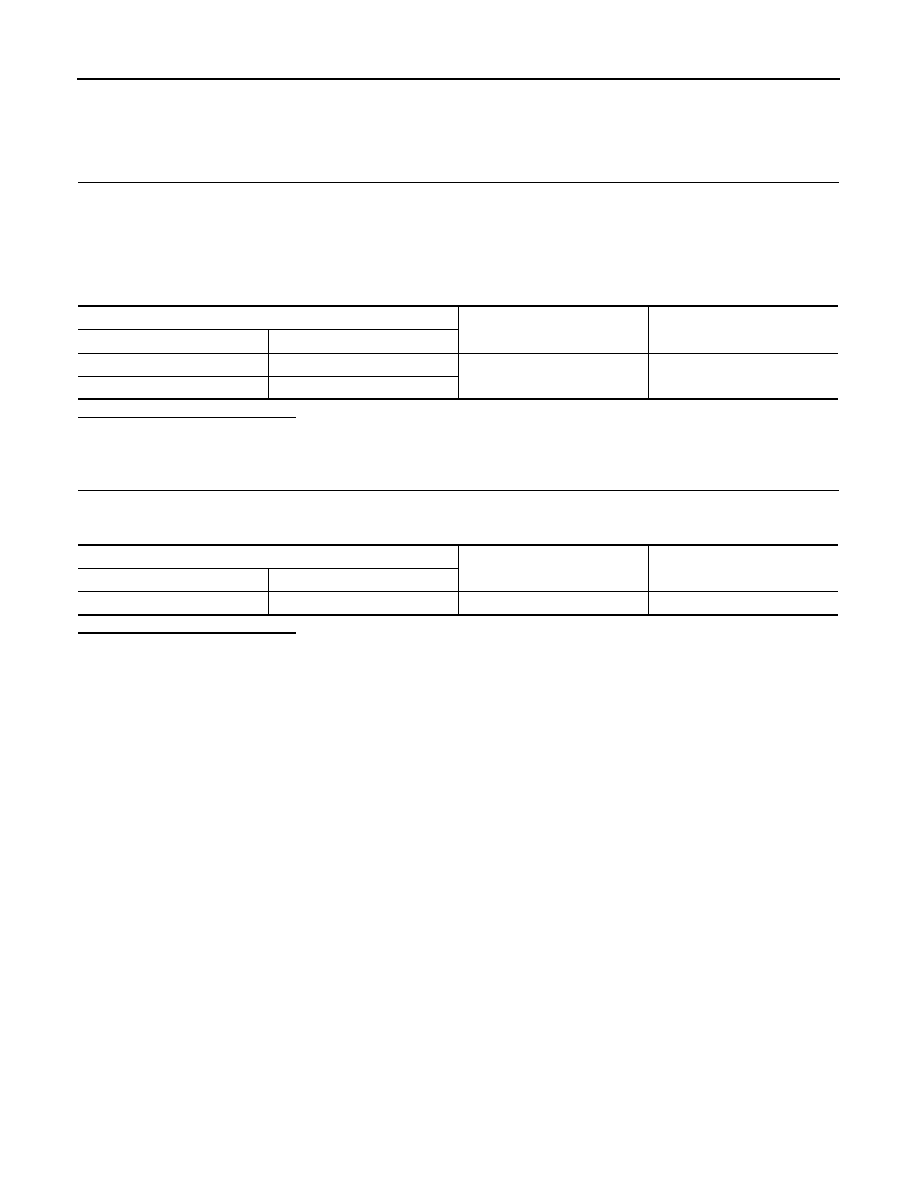Nissan Murano Z51 (2012 year). Manual - part 92

WT-32
< DTC/CIRCUIT DIAGNOSIS >
POWER SUPPLY AND GROUND CIRCUIT
POWER SUPPLY AND GROUND CIRCUIT
Diagnosis Procedure
INFOID:0000000007544959
1.
POWER SUPPLY SYSTEM CHECK
1.
Turn the ignition switch OFF.
2.
Disconnect the BCM harness connector.
3.
Turn the ignition switch ON.
CAUTION:
Never start the engine.
4.
Check the voltage between the BCM harness connector and the ground.
Is the inspection result normal?
YES
>> GO TO 2.
NO
>> Repair or replace damaged parts.
2.
GROUND SYSTEM INSPECTION
1.
Turn the ignition switch OFF.
2.
Check the continuity between the BCM harness connector and the ground.
Is the inspection result normal?
YES
>> • Check the 10A fuse [No. 10 in fuse block (J/B)].
• Check the 40A fusible link [No. L in fuse block].
NO
>> Repair or replace damaged parts.
BCM
—
Voltage
Connector
Terminal
M118
1
Ground
Battery voltage
M119
11
BCM
—
Continuity
Connector
Terminal
M119
13
Ground
Existed
Revision: 2013 February
2012 MURANO